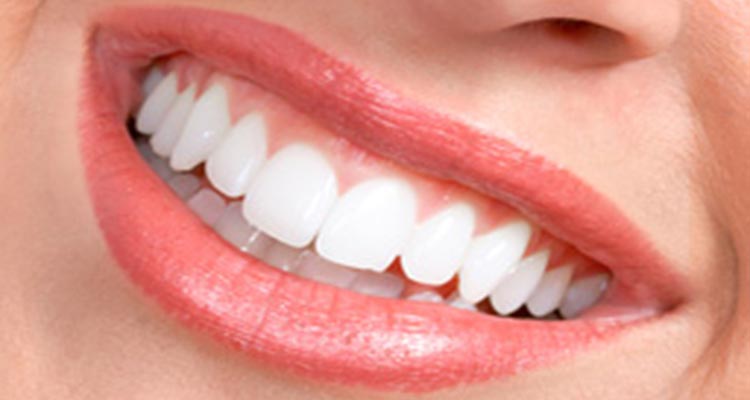How to Care for Your Gums Properly
When you visit a modern dentist you will be thoroughly educated on how crucial it is to maintain your teeth. Brush twice a day, floss, and avoid particular foods. However, these practices are not only for the benefit of your teeth but your gums as well.
If your teeth are in poor condition, then your gums will be as well – for oral health encompasses your whole mouth, not just one component. However, even if your teeth are in excellent condition, that doesn’t mean you won’t get gum disease.
Gum disease is painless and many people can have it and won’t even know. It occurs when plaque begins to build up along your gum line, causing infection in both the gum and bone. Without treatment, this plaque can cause gingivitis which evolves into gum disease.
What Are the Signs of Gum Disease?
Because gum disease is painless, it’s up to you to recognise the signs and see your dentist sooner rather than later. If your gums feel tender or inflamed, they bleed, are swollen or look red, or you have bad breath, you may have gum disease.
However, if you care for your gums properly, the disease is entirely avoidable. Here’s how to reduce the risk.
Floss Once Per Day
Your toothbrush can’t reach everywhere, so following up brushing with flossing can help to dislodge any food particles that may have taken up residence between your teeth. At least once per day at any time is satisfactory for removing these particles.
Brush Twice Per Day
At a minimum, you should be brushing at least twice per day and as recommended by your dentist. Brushing your teeth between meals can help to remove any trapped food, plaque, and any other particles. Don’t forget to scrub your tongue as well. When the time comes to purchase a new toothbrush, opt for an electric brush or a manual brush with soft bristles. Replace your brush heads or brush every four months.
See Your Dentist Regularly
Your dentist is well-skilled in the early detection of gum disease. If you make a point of getting a professional cleaning at least twice a year, you can benefit from a proactive approach to gum disease and oral health. A dentist can also remove tartar and any plaque that fell through the cracks during your regular brushing and flossing routine.
Use Fluoride Toothpaste
Because there are so many different toothpaste options in the supermarket, it’s challenging to find the one that’s going to be sufficient for your requirements. Read the labels and find out what the paste claims to be able to do. If it has an ADA Seal of Approval and contains fluoride, it’s going to be a suitable option.
Caring for your teeth and looking after the health of your gums goes hand in hand. If you’re not sure how to carry out an effective oral care routine, consult your dentist.


